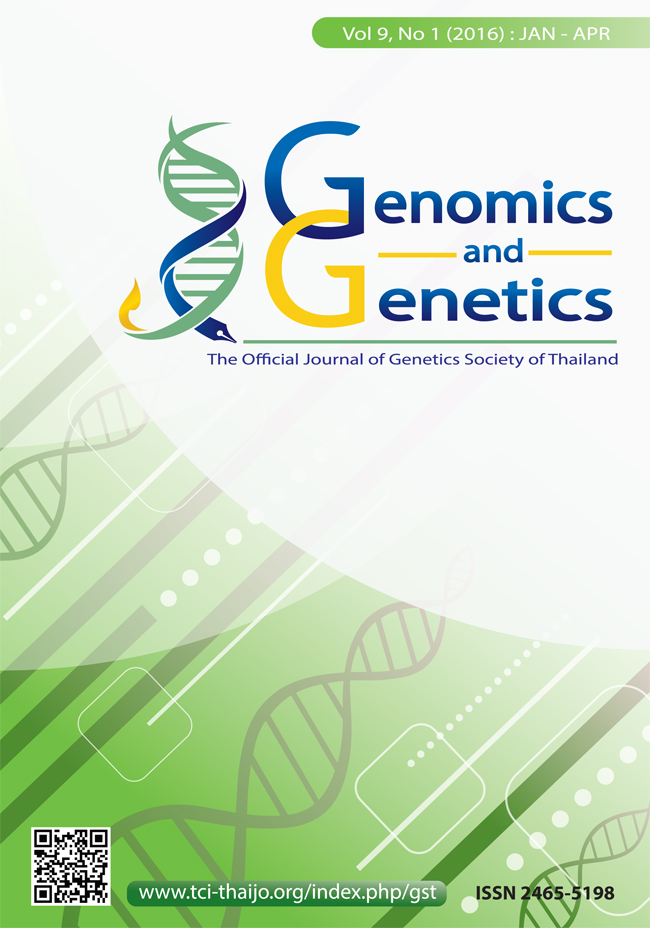Pollen viability and seed set of interspecific hybrids between J. curcas × J. integerrima
Keywords:
Interspecific hybrids, acetocarmine, staining method, viability testAbstract
Interspecific hybrids between Jatropha curcas × J. integerrima are potential genetic resources for jatropha improvement. However, their pollen is normally partially sterile. This study was conducted to determine pollen viability status and seed set of the hybrids. Pollen viability was estimated by staining with 1% acetocarmine. The results showed that all interspecific hybrids had pollen viability falling between their parents. The pollen viability of interspecific hybrid derived from a cross between J. curcas (high phorbol esters accession) × J. integerrima ranged from 47 % to 89 % with an average of 72 %. Similarly the viability of the hybrid J. curcas (low phorbol esters accession) × J. integerrima ranged from 44 % to 90 % with an average of 73 %. The hybrid with low pollen viability also set less seeds. This information is useful for plant breeders to select the pollen donor in interspecific breeding programs.


